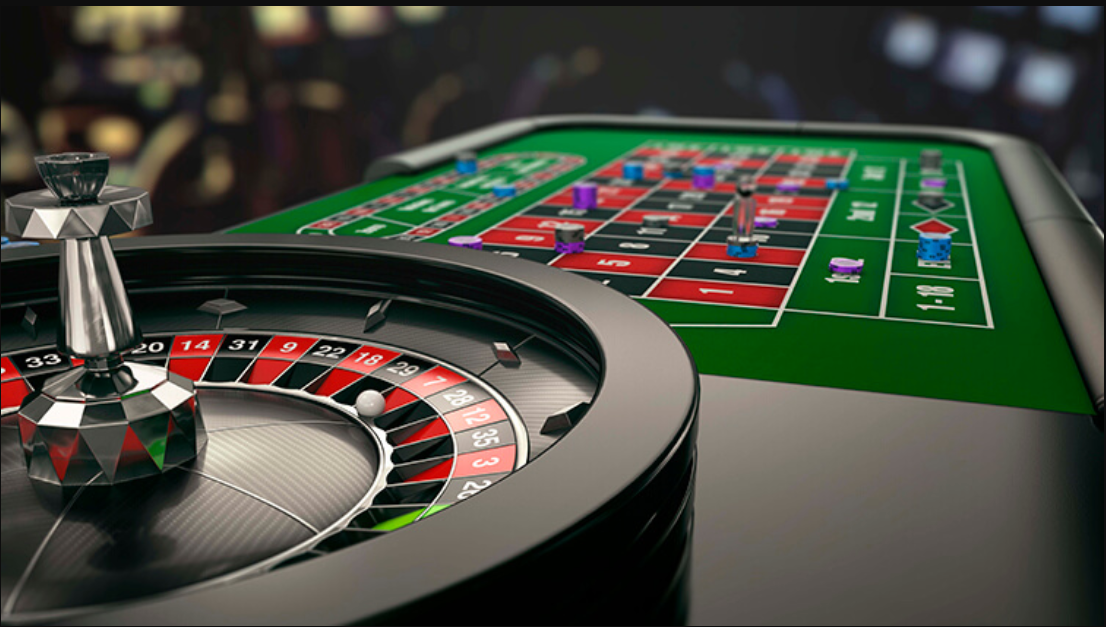The saga of fruit machines is a fascinating journey that mirrors the development of recreation and gambling across the generations. Starting from their humble start in the final decades of the 1800s to growing into a fixture in gambling establishments across the planet, these games of fortune have undergone notable changes. Slot machine games have enthralled players with their vibrant designs, engaging themes, and the potential of transformative prizes.
Initially designed as analog machines with spinning reels and limited icons, slot machines have transformed into advanced digital games that incorporate innovative features and engaging features. In the present day, they welcome millions of players, each aspiring to hit the jackpot with just the lever pull of a switch or the touch of a button. Exploring the fascinating background of these games reveals not just the tale of a popular hobby, but also a depiction of cultural shifts and technological advancements over the decades.
One of the Birth in Slot Machines
A tale of slot machines starts in the late 19th century, a time when mechanical devices were increasingly popular in entertainment venues. The first true slot machine came into existence by Charles Fey in 1895, known as the Liberty Bell. This machine featured three spinning reels and five symbols: hearts, diamonds, spades, a horseshoe, and the legendary Liberty Bell. Players would pull a lever to spin the reels, and if the symbols matched in a specific combination, they would win a payout. Fey’s invention quickly captured the attention of gamblers and set the foundation for future developments in casino slots games.
As the idea of the slot machine gained traction, various inventors looked to enhance Fey’s design. By the dawn of the 1900s, slot machines were becoming a common sight in saloons and amusement parks. In 1907, the first electromechanical slot machine was introduced by Herbert Mills, which featured a more intricate system of payout mechanisms and the iconic fruit symbols that are still linked to slots today. This evolution marked a major shift in the gaming industry, as machines became more entertaining and user-friendly, attracting more players.
The popularity of slot machines remained high throughout the early 20th century, resulting in their widespread adoption in casinos across the United States. However, as legal restrictions on gambling during the Great Depression posed challenges for the industry. Many machines were banned, but this did not halt innovators. Instead, they adjusted by creating machines that dispensed candy or gum instead of cash prizes, effectively bypassing the restrictions while still offering the thrill of a casino slots game. This creativity kept the spirit of gambling intact, setting the stage for the future resurgence of slot machines in modern casinos.
Evolution of Gambling Machine Innovation
The story of gambling machines began in the late 19th century with the invention of the early mechanical machines. Charles Fey, a West Coast engineer, introduced the Liberty Bell slot machine in 1895, which included three rotating reels and five icons: heart shapes, diamond shapes, spade symbols, a lucky horseshoe, and the bell symbol itself. This basic yet enthralling appearance laid the basis for the future of casino slots game, creating an immediate attraction for players looking for excitement and a chance to gain.
As tech advanced, so did the styling and functionality of gambling devices. By the central 20th century, electronic mechanical machines appeared, incorporating electric parts to boost gameplay and increase payout opportunities. These developments allowed for increased sophistication features like several paylines and bigger jackpots. The gaming establishments embraced these advances, causing the growth of slot machines as a major provider of income within the gambling sector, fundamentally transforming the casino slots game experience.
The closing 20th and early 21st centuries brought the age of digital technology, leading to the introduction of video gambling machines. These devices changed out traditional reels with screens, allowing even more creativity in themes and gameplay systems. Gamblers could now appreciate engaging graphics and sound effects, along with dynamic bonus rounds. The transition to web-based gaming further revolutionized the gambling world, rendering slots available to a global audience anytime and everywhere, thus marking a new phase in the evolution of slot machine technology.
A Cultural Influence of Slot Machines
These gaming machines have become not only a form of entertainment; they have integrated into the essence of popular culture. Across movies and television shows to music and literature, these iconic gaming machines often act as symbols of chance and risk. Films like The Casino and Ocean’s 11 prominently highlight slots, depicting them as exciting yet unpredictable elements of the gambling experience. Their unique attraction lies in the noise of coins falling, the revolving reels, and the vibrant blinking lights, which in unison create an electric atmosphere that draws people in.
In addition, slot machines have influenced social gatherings and events, making them a centerpiece in casinos and gaming venues. Many people do not just go to a casino to gamble; they go for the entire experience, which encompasses the social interactions and the vibrant ambiance surrounding these machines. Special contests and themed gaming nights centered around slots also showcase their popularity, fostering community engagement and shared experiences among players. This social element has contributed to the machines’ lasting popularity.
The evolution of technology has also transformed this cultural impact. Digital and online slots have expanded access to these games far beyond the walls of physical casinos. Players can now get their favorite casino slot games from home or on the go, leading to the rise of online communities and forums where enthusiasts exchange strategies and experiences. The ongoing innovation in game design and the inclusion of storytelling have kept the cultural significance of slot machines alive, attracting new generations of players while maintaining a connection to their historical roots. Ga179

